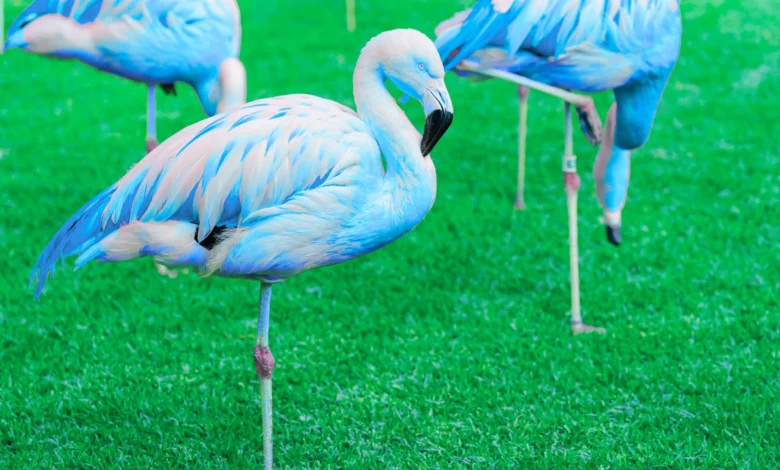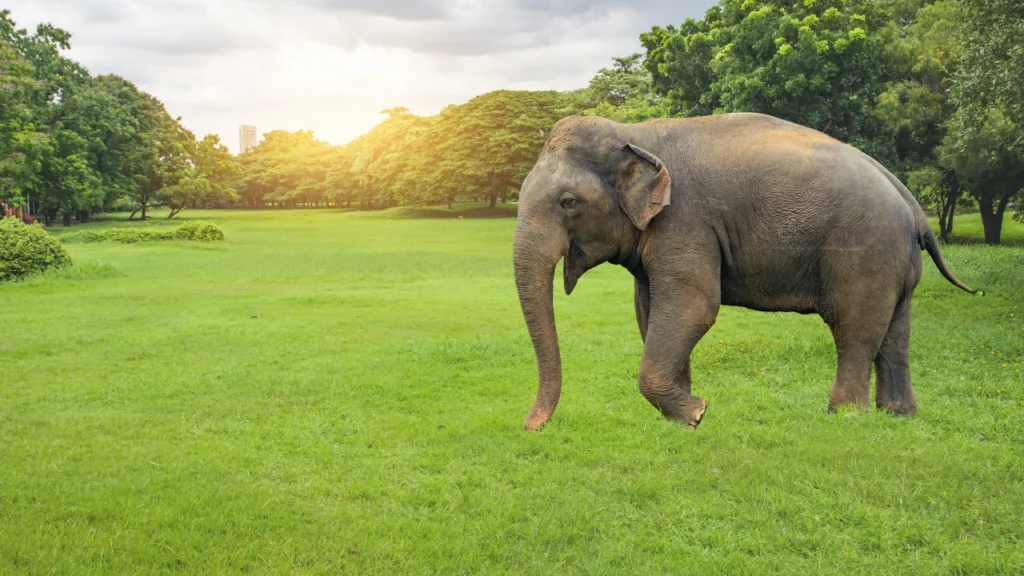
Have you ever seen a flamingo standing perfectly still on one leg and thought, “That cannot be comfortable”? You’re not alone. It’s one of the most curious sights in the bird world—and one of the most Googled questions in animal behavior: why do flamingos stand on one leg? But the answer isn’t just quirky—it’s a fascinating look into how animals adapt in surprising ways. And guess what? Flamingos aren’t the only ones with weird habits.
Before we dive in, take a moment to think about the quirky things animals in your life do. Ever catch your cat chattering at birds or your dog doing circles before lying down? There’s a method to the madness—and often, a science behind the silliness.
Let’s explore the strange, wonderful world of animal behaviors. We’ll talk flamingos, other odd creatures, and the science behind their fascinating quirks. Spoiler: it’s not just about being fabulous in pink
Why Do Flamingos Stand on One Leg? The Science Behind the Pose
Researchers have scratched their heads about this for years—and finally, they’ve landed on some solid science. Why do flamingos stand on one leg? Primarily to conserve body heat. These leggy birds often wade in cold water, and by tucking one leg up, they reduce the amount of heat lost through their skin. Think of it as bird yoga meets thermal efficiency.
Interestingly, studies have shown that flamingos can balance betterFlamingo one-leg stance than on two when they’re at rest. They even do it while sleeping. So next time someone says you can’t nap in tree pose, tell them flamingos would disagree.
And while we’re on the subject—no, their leg isn’t broken, cramping, or glued in place. Flamingos just know how to chill in style.
Curious Animal Behaviors Explained
So now that you’re basically a flamingo expert, let’s take a peek at what other animals are up to. Flamingos aren’t the only animals with head-scratching habits. Here are some other bizarre (and awesome) animal behaviors that scientists have managed to decode.
(1) Why Do Cats Knead Blankets (or Your Stomach)?

That rhythmic pawing behavior is called “kneading,” and it comes from kittenhood. When nursing, kittens knead their mother’s belly to stimulate milk flow. As adults, they do it for comfort. It’s their version of fluffing a pillow… or giving you a weird, prickly massage.
(2) Why Do Dogs Tilt Their Heads When You Talk?
Beyond being heart-meltingly adorable, dogs tilt their heads to better hear and interpret what you’re saying. It helps them pick out familiar words or intonations. Also, they might be trying to see your mouth more clearly—it’s like lip-reading with a wagging tail.
(3) Octopuses Throw Stuff (Sometimes at Each Other)
Recent footage shows octopuses gathering shells or silt and flinging them through the water—sometimes at other octopuses. Scientists believe this might be a form of communication, or, you know, just good ol’-fashioned cephalopod sass.
(4) Elephants Grieve Their Dead
Elephants have been observed mourning, touching the bones of their deceased, and staying near the bodies for days. This deeply emotional behavior hints at social bonds and intelligence far beyond what we once assumed. So yes, Dumbo had feelings.

Fun Flamingo Facts (Because You Know You Want Them)
- Flamingos get their pink color from carotenoids in their diet—mainly shrimp and algae.
- They’re social birds and love to hang out in huge flocks.
- Baby flamingos are born gray or white and take a couple of years to go full Barbie-pink.
- Flamingos can sleep while balancing on one leg—true Zen masters.
Now that you know all that, when people ask, “Why do flamingos stand on one leg?” you can confidently explain it’s about heat conservation, muscle efficiency, and general flamingo fabulousness.
What This Tells Us About Animal Intelligence
Many of these curious animal behaviors—like a flamingo’s single-leg stance or a cat’s kneading—aren’t just random. They’re evolutionary strategies, communication methods, or expressions of emotion. Animals may not talk, but they’re definitely saying something.
Understanding these behaviors helps us deepen our respect for the animal kingdom. It reminds us that even the smallest, oddest gestures are part of nature’s intricate design. Honestly, the more we learn about them, the more we realize: animals are way cooler (and sometimes weirder) than we give them credit for.
How to Use This Info (Besides Winning Trivia Night)
If you’re a pet parent, wildlife lover, or just someone who accidentally spent three hours on animal TikTok last night (no judgment), paying attention to animal behavior can deepen your connection with nature.
Start noticing those small quirks—like why birds fluff up when it’s cold or why your cat chirps at birds through the window. These everyday mysteries are tiny invitations to be curious. And often, the answers are surprisingly scientific.
Next time you visit a zoo or wildlife park and spot a flamingo balancing like a pro, impress your friends by casually saying, “Oh, that’s a classic thermoregulation pose. That’s why flamingos stand on one leg!” Trust me—they’ll think you’re the Attenborough of the group.
Final Thoughts: Stay Curious, Stay Wild
The animal kingdom is full of mysteries—some solved, many still puzzling us. But that’s part of the fun, right?
So, the next time you wonder, why do flamingos stand on one leg?, remember it’s not just about posture—it’s about survival, adaptation, and the beautiful weirdness of nature.
If you enjoyed this little detour into animal behavior, let us know! What’s the weirdest animal habit you’ve ever noticed? Drop a comment, share your thoughts, or tell us if your pet has any oddball quirks that deserve their own scientific study.

